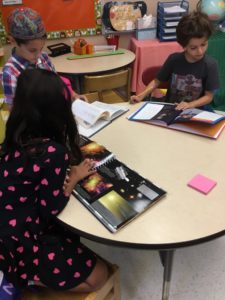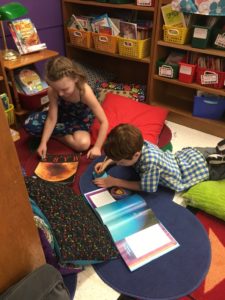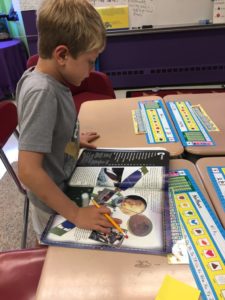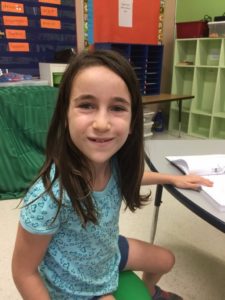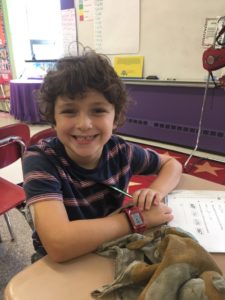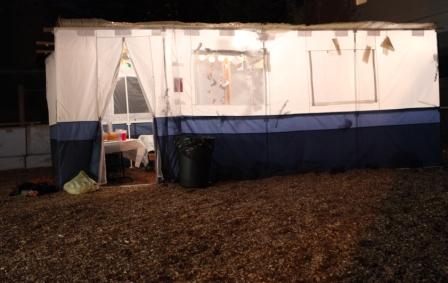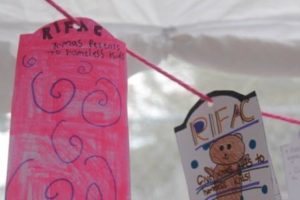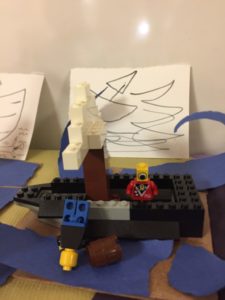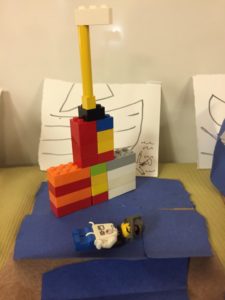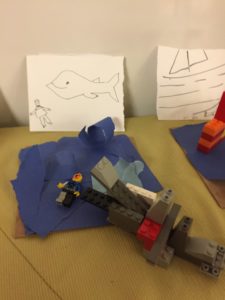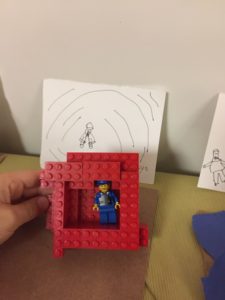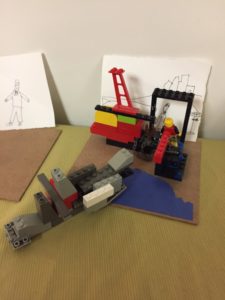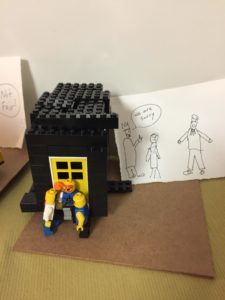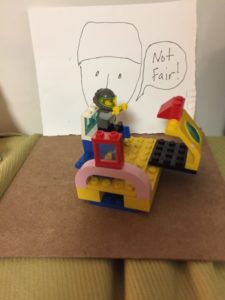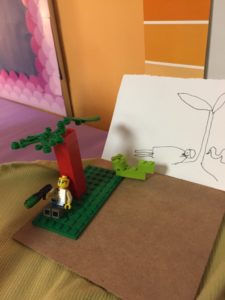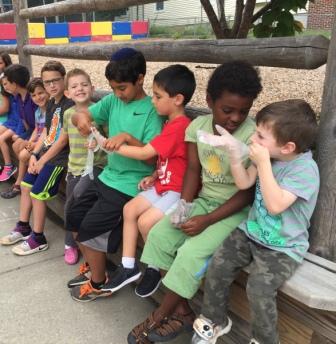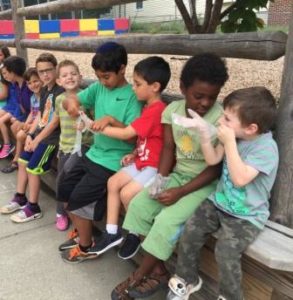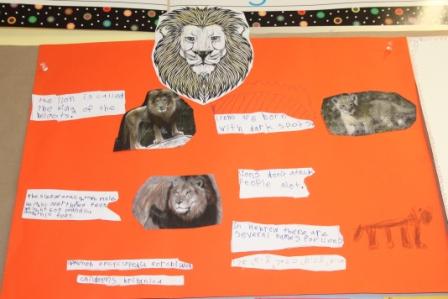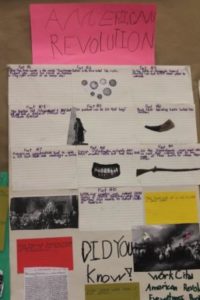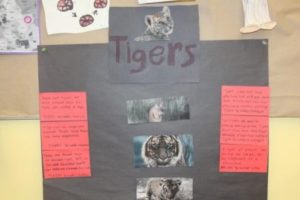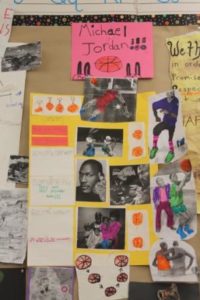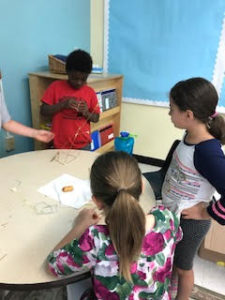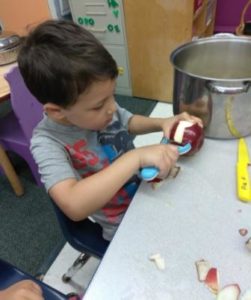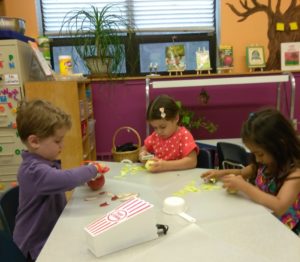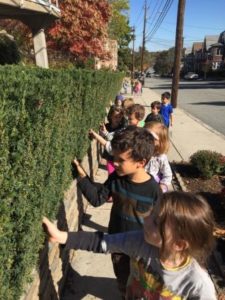 Kindergarten students are enjoying the crisp, sunny fall weather — working outdoors as scientists and making observations of nature. In order to train our young scientists, we first discussed HOW scientists observe things. That was followed by a discussion of what the word Observe means and the class came up with the definition: observe means to look closely at something, sometimes using tools such as a magnifying glass. Using that definition, we learned about how our 5 senses can help us observe better.
Kindergarten students are enjoying the crisp, sunny fall weather — working outdoors as scientists and making observations of nature. In order to train our young scientists, we first discussed HOW scientists observe things. That was followed by a discussion of what the word Observe means and the class came up with the definition: observe means to look closely at something, sometimes using tools such as a magnifying glass. Using that definition, we learned about how our 5 senses can help us observe better.
We went outside and using our FOUR senses (because we don’t lick trees…usually) we listened to the sounds that leaves make as they rustle in the breeze. We heard the crunch of leaves under our feet and felt the different textures of a variety of leaves. We saw some trees changing colors, others staying green and some differently shaped leaves. We smelled the earthy, wet smell of the leaves after it had rained and the decaying smell of dying leaves. Then, we recorded this information in our science journals. We also collected a variety of leaves and incorporated some of our math study by graphing the leaves by shape.



